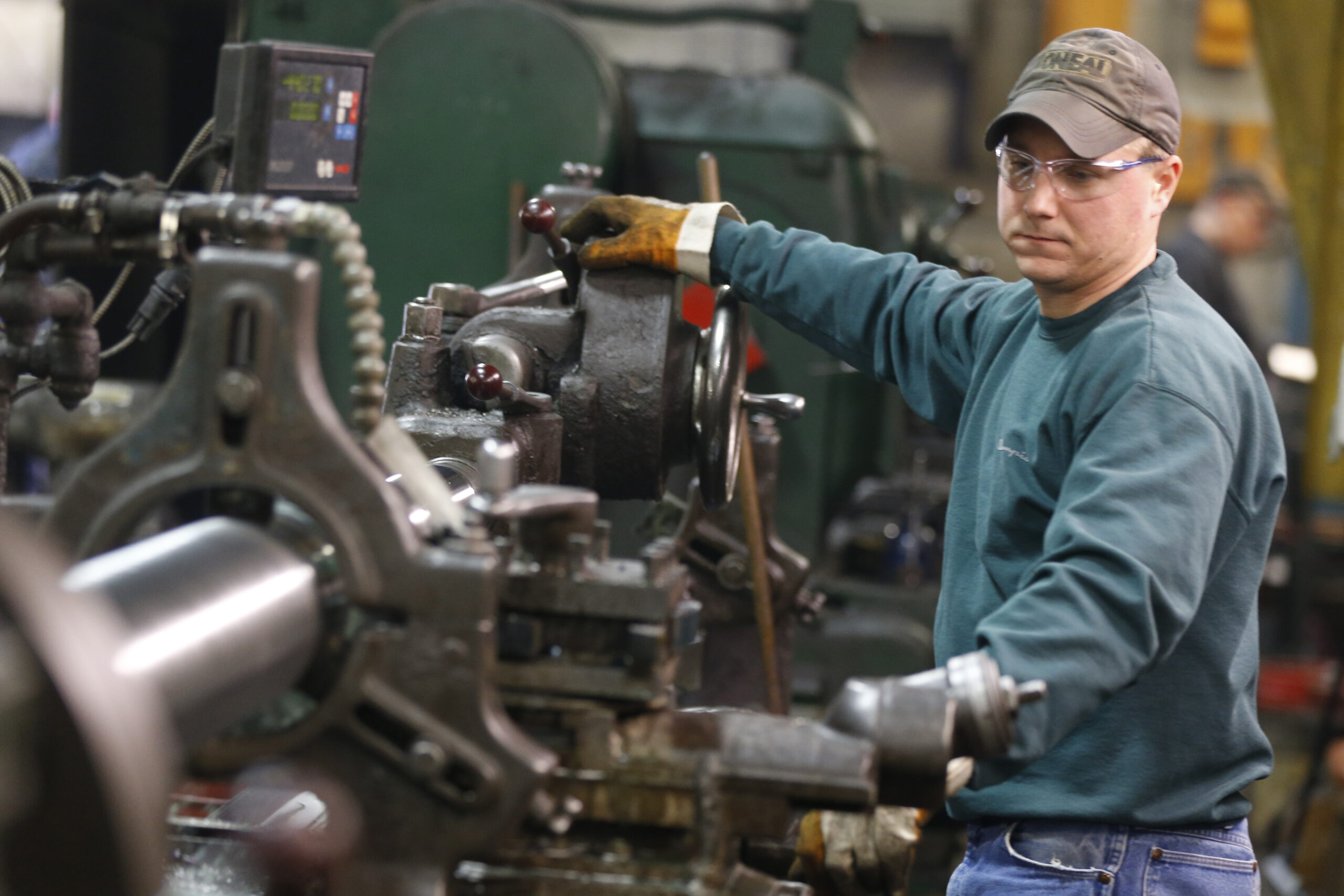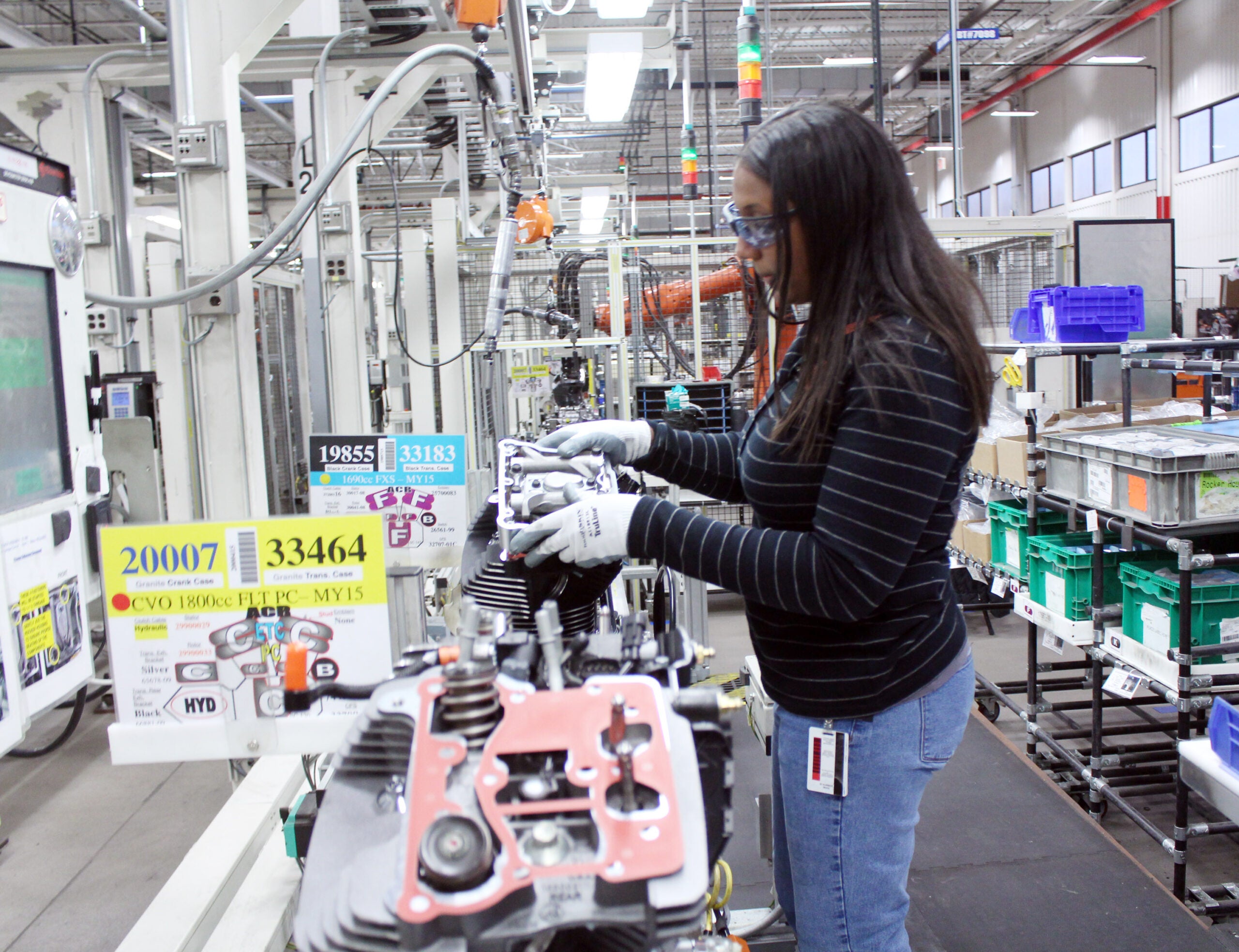On many levels, this presidential election season has been like no other. One surprising element is the lack of access that the media has to the candidates and campaigns. Our guest fills us in. Climate change is often discussed in terms of the environmental risks, but it turns out that there are also public health concerns. We take a look at this, and we also get some insight into the state of work in the state after The Great Recession.
Featured in this Show
-
Media Access To The Presidential Candidates
Reporters and members of the media have historically had good access to presidential candidates…until this election. We talk to a media columnist about the change in media access to candidates in 2016 and why it matters.
-
Climate Change As A Public Health Issue
Last month, anthrax made an appearance in northern Russia when a 75-year-old caribou carcass that was infected with the bacteria thawed and came into contact with locals. We talk to a guest who says that climate change could be to blame for the spread of illness and might be at the root of public health issues to come.
-
Wisconsin Rebounding From The Recession, Still Needs To Close The Wage Gap, Report Says
A new report from the Center on Wisconsin Strategy (or, COWS) shows that Wisconsin is starting to see job numbers return to pre-Recession levels for the first time in nearly a decade. But, the state still needs to make strides to make wages equitable. We’ll speak with Laura Dresser, Associate Director of COWS, about the findings.
-
Report: Wisconsin Unemployment Rate Rebounds To Pre-Recession Levels, But Growth Not Equally Shared
Wisconsin’s job numbers are beginning to return to pre-recession levels for the first time in nearly a decade, according to a report released last week by the Center on Wisconsin Strategy.
The 2016 State of Working Wisconsin report found unemployment is now below 2007 levels, but there is still a fair amount of work to do to increase wages and provide stable employment to residents, particularly African-Americans.
As a whole, the report is the best news “since the recession really kicked in” in 2008, said Laura Dresser, COWS associate director and author of the report.
The recovery has been slow across the United States, but even more so here in Wisconsin, Dresser said. Over the last five years, the national economy grew at approximately 10 percent, compared to roughly 7 percent in Wisconsin.
“Meaning, sort of like, when we should’ve expected three jobs, we only got two,” Dresser said.
Dresser said while Wisconsin’s unemployment rate is doing OK compared to the rest of country — due in part to the state’s older population and lower population of immigrants — she’s concerned about long-term employment rates.
“The population is growing more rapidly than our job base is,” she said. “The possible pool of working adults is growing faster than our jobs are. And so even though we are back to 2007, our population has grown by more than the job base, so we’re still in a bit of a hole if you think about where we were in 2007 in terms of total demand.”
Although the unemployment numbers look pretty good at the moment, it’s a different story for wage growth “because employees aren’t really in a position to push hard on wages and employers have a lot of options,” Dresser said. Wages have stayed largely stagnate over the last half decade, and a larger snapshot remains weak, she said.
“If you look at the median worker in 2015 and compare the wage, correcting for inflation, to the median worker in 1979, it’s only 40 cents an hour ahead. That median worker earns a wage 40 cents per hour higher. That’s a raise of essentially two-cents a year over that long period,” Dresser said.
The decline of the state’s manufacturing industry has played a large role in the sluggish growth — Wisconsin has lost about 150,000 manufacturing jobs since 2000. The remaining jobs are often low-wage positions. Moreover, Dresser said the declining rates of unions and global pressures have also contributed to the lack of wage growth.
The report also found significant racial disparities. The unemployment rate among African-Americans remains three-times higher than that of white people — the third-highest gap in the nation, Dresser said.
“This recovery is not touching all populations equally,” she said.
Additionally, Dresser said the latest report shows that those with a four-year college degree saw a payoff in their wages.
Episode Credits
- Rob Ferrett Host
- Veronica Rueckert Host
- Amanda Magnus Producer
- Haleema Shah Producer
- J. Carlisle Larsen Producer
- Jim Rutenberg Guest
- Mona Sarfaty Guest
- Laura Dresser Guest
Wisconsin Public Radio, © Copyright 2024, Board of Regents of the University of Wisconsin System and Wisconsin Educational Communications Board.




